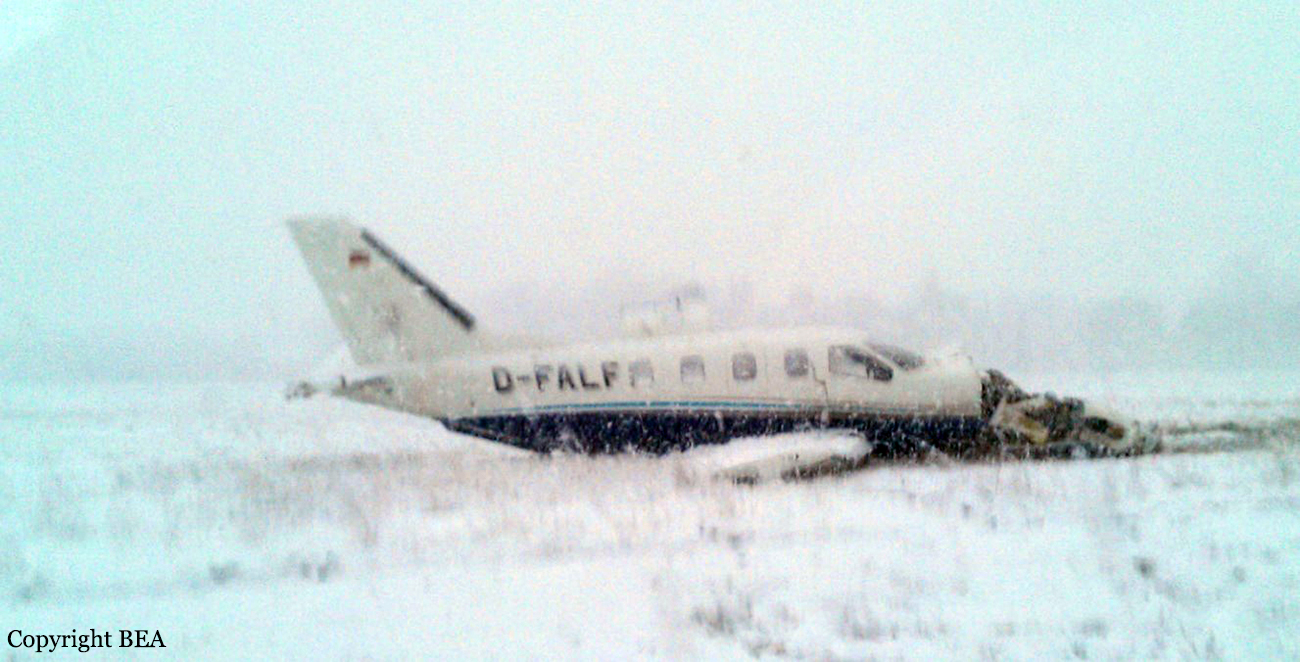Country
Crash of a Socata TBM-700 in Milwaukee: 2 killed
Date & Time:
Jul 29, 2015 at 1810 LT
Registration:
N425KJ
Survivors:
No
Schedule:
Beverly - Milwaukee
MSN:
518
YOM:
2009
Crew on board:
1
Crew fatalities:
Pax on board:
1
Pax fatalities:
Other fatalities:
Total fatalities:
2
Captain / Total hours on type:
721.00
Aircraft flight hours:
656
Circumstances:
The airline transport pilot was landing at the destination airport after a cross-country flight in visual meteorological conditions. The tower controller stated that the airplane's landing gear appeared to be extended during final approach and that the airplane landed within the runway's touchdown zone. The tower controller stated that, although the airplane made a normal landing, he heard a squealing noise that continued longer than what he believed was typical. The pilot subsequently transmitted "go-around." The tower controller acknowledged the go-around and cleared the pilot to enter a left traffic pattern. The tower controller stated that he heard the engine speed accelerate while the airplane maintained a level attitude over the runway until it passed midfield. He then saw the airplane pitch up and enter a climbing left turn. The tower controller stated that the airplane appeared to enter an aerodynamic stall before it descended into terrain in a left-wing-down attitude. Another witness reported that he saw the airplane, with its landing gear extended, in a steep left turn before it descended rapidly into terrain. A postaccident examination did not reveal any evidence of flight control, landing gear, or engine malfunction. An examination of the runway revealed numerous propeller slash marks that began about 215 ft past the runway's touchdown zone; however, there was no evidence that any portion of the airframe had impacted the runway during the landing. Additionally, measurement of the landing gear actuators confirmed that all three landing gear were fully extended at the accident site. Therefore, the pilot likely did not adequately control the airplane's pitch during the landing, which allowed the propeller to contact the runway. Due to the propeller strikes, the propeller was likely damaged and unable to provide adequate thrust during the go-around. Further, based on the witness accounts, the pilot likely did not maintain adequate airspeed during the climbing left turn, which resulted in the airplane exceeding its critical angle of attack and experiencing an aerodynamic stall at a low altitude.
Probable cause:
The pilot's improper pitch control during the landing, which resulted in the propeller striking the runway, and his failure to maintain adequate airspeed during the subsequent go-around, which resulted in the airplane exceeding its critical angle of attack and experiencing an aerodynamic stall at a low altitude.
Final Report:


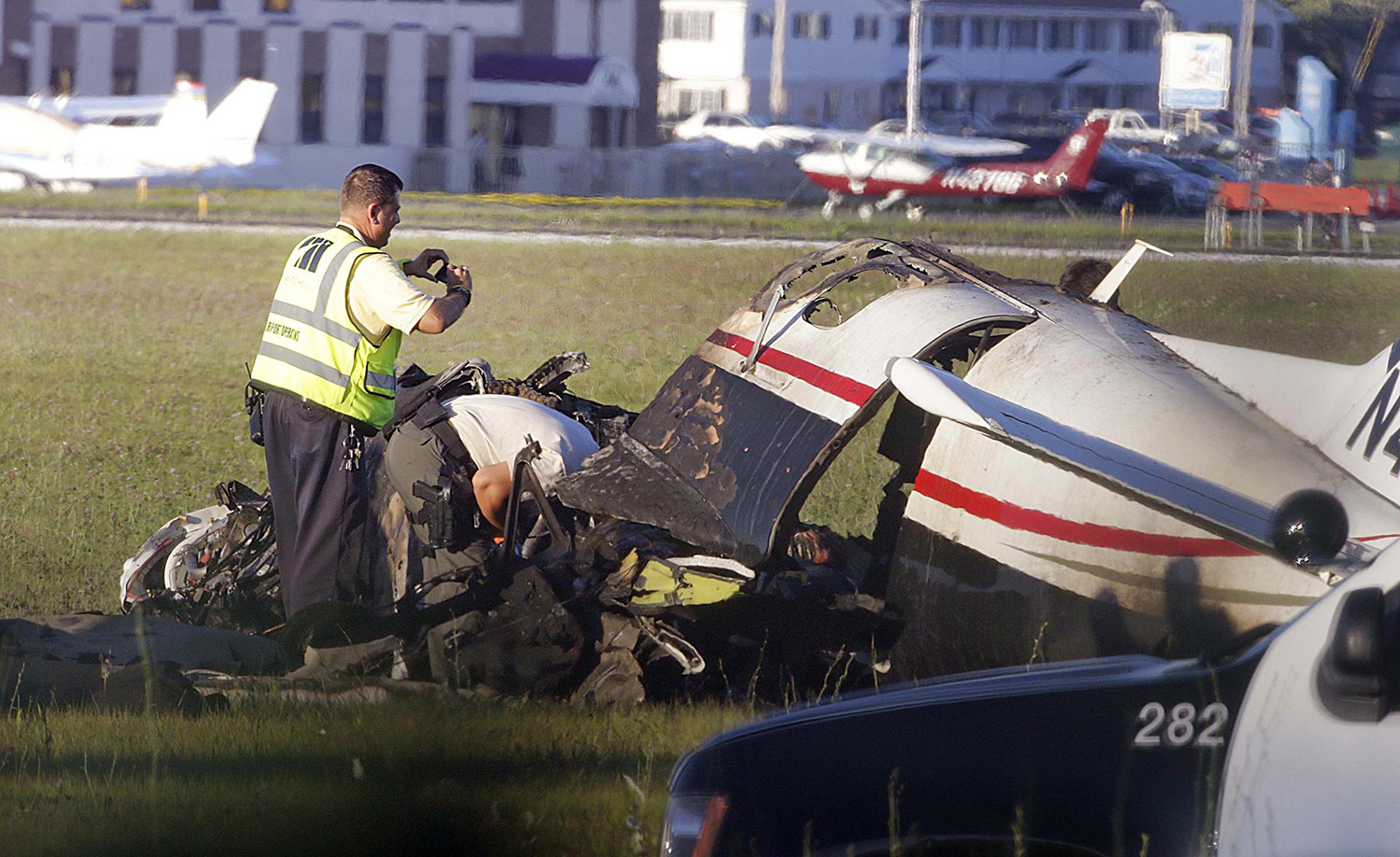
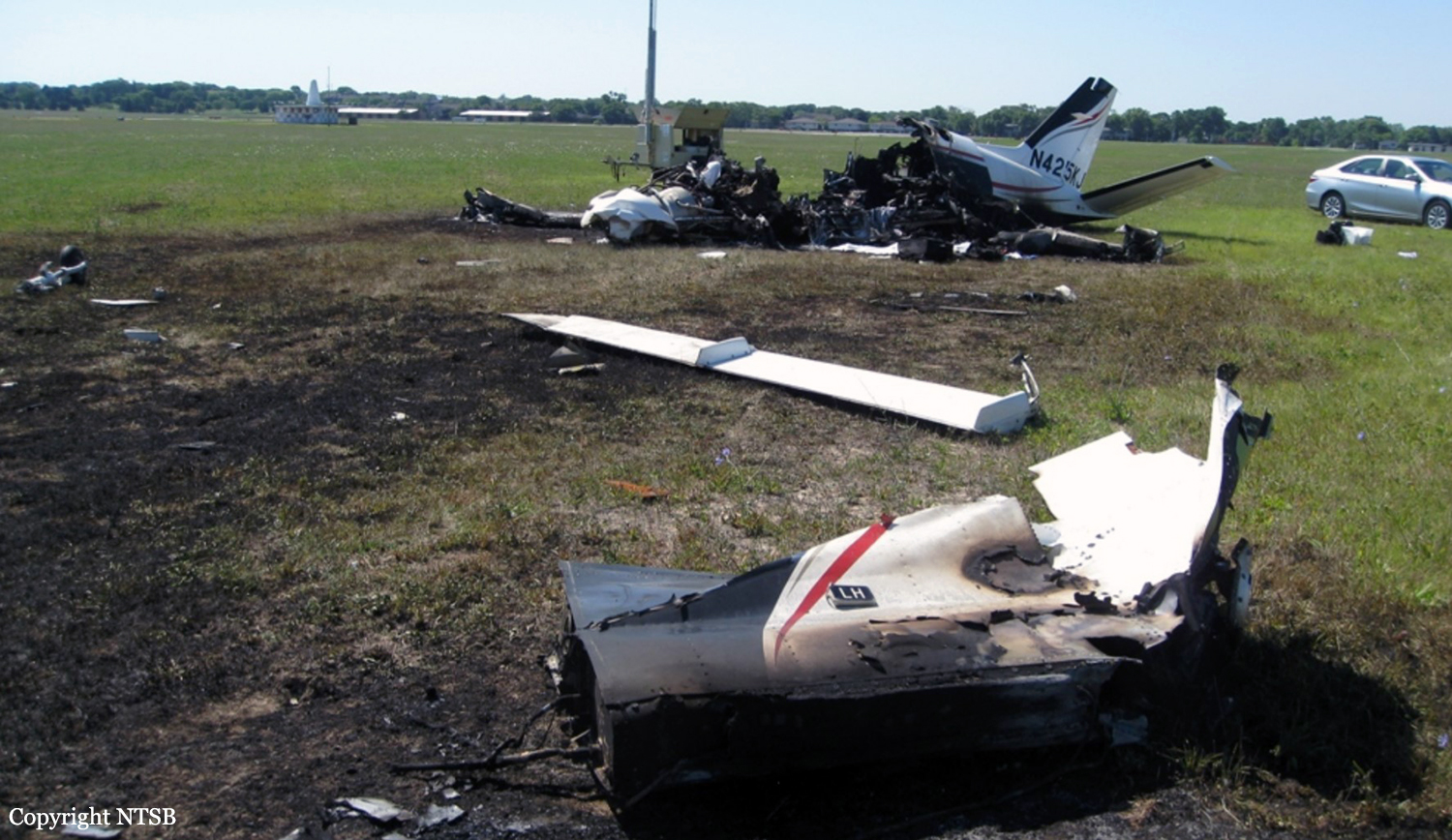
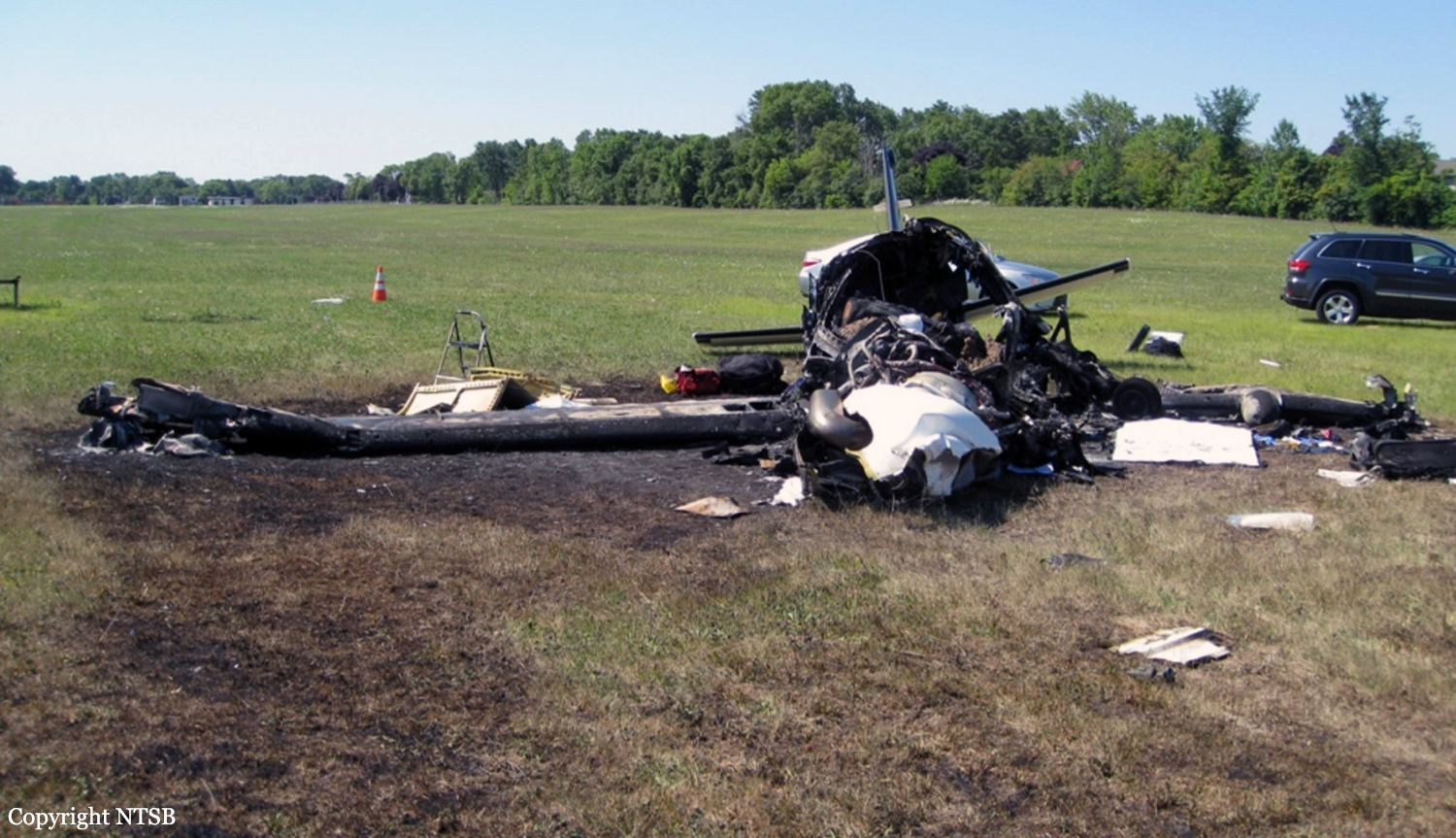

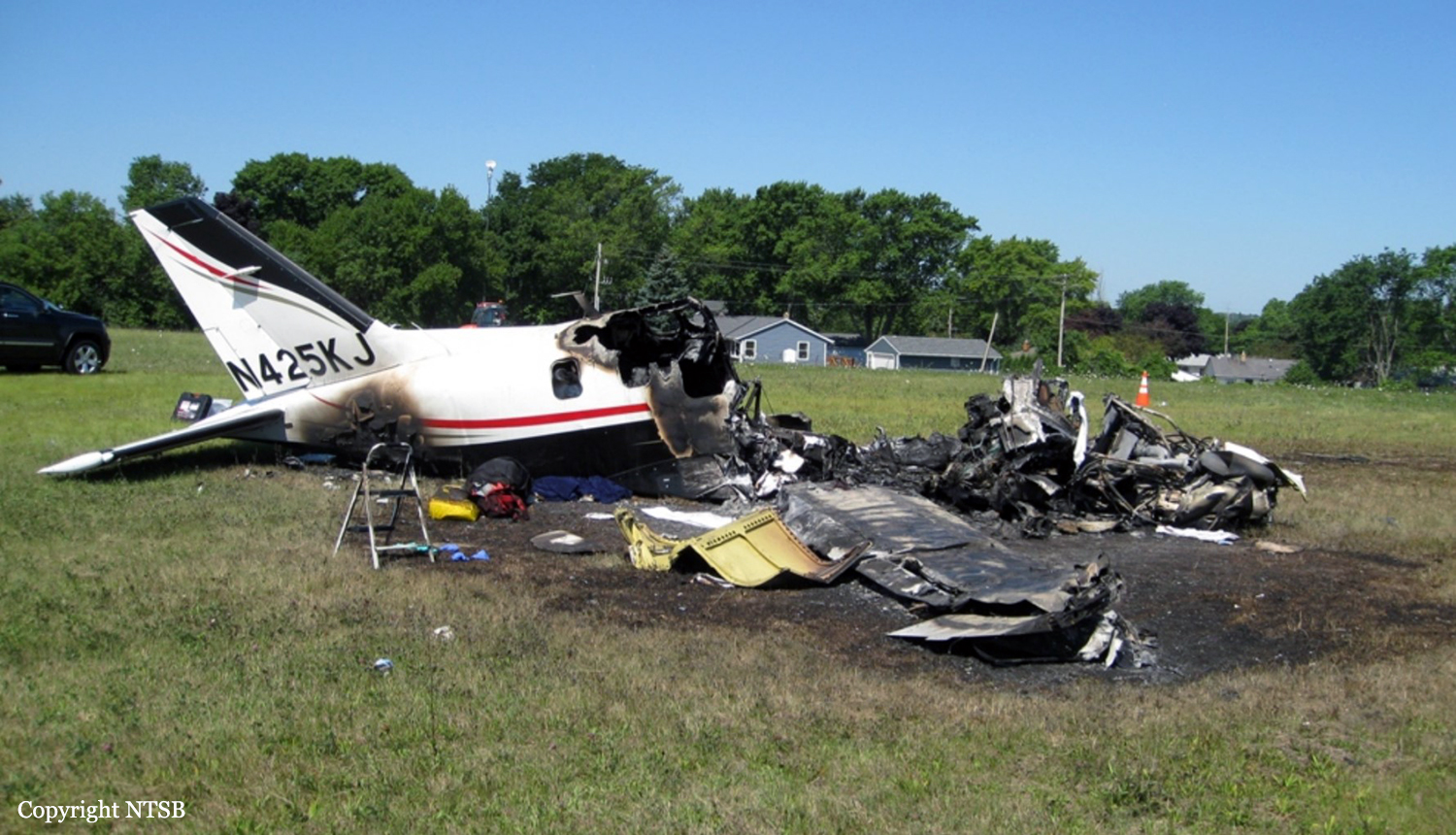
Crash of a Socata TBM-700 in Saint-Jean-les-Deux-Jumeaux: 2 killed
Date & Time:
Aug 6, 2014 at 1030 LT
Registration:
N129AG
Survivors:
Yes
Schedule:
Cannes – Courtrai
MSN:
171
YOM:
2000
Crew on board:
1
Crew fatalities:
Pax on board:
4
Pax fatalities:
Other fatalities:
Total fatalities:
2
Captain / Total hours on type:
700.00
Aircraft flight hours:
1385
Aircraft flight cycles:
1219
Circumstances:
The single engine aircraft departed Cannes-Mandelieu Airport at 1040LT bound for Courtrai-Wevelgem Airport, Belgium, with four passengers and one pilot on board. About one hour and 40 minutes into the flight, while cruising in IMC conditions at FL240, the aircraft start a quick descent to the right until FL149. Speed increased and the overspeed warning sound came on. Forty-five seconds after the start of the quick descent, the airplane initiated a climb with a rate of 10,000 feet per minute until it stalled at FL201, still in IMC conditions. The airplane then entered a dive and went into a flat attitude when it went out of clouds at an altitude estimated between 1,000 and 2,000 feet. This altitude was insufficient to the pilot to regain control and without external visual references, he lost control of the airplane that crashed in a wooded area. The pilot and a passenger were killed while three other passengers were injured. The aircraft was destroyed.
Probable cause:
Due to the absence of any flight data recorder, investigations were unable to determine with certainty the exact cause and circumstances of the accident.
Final Report:
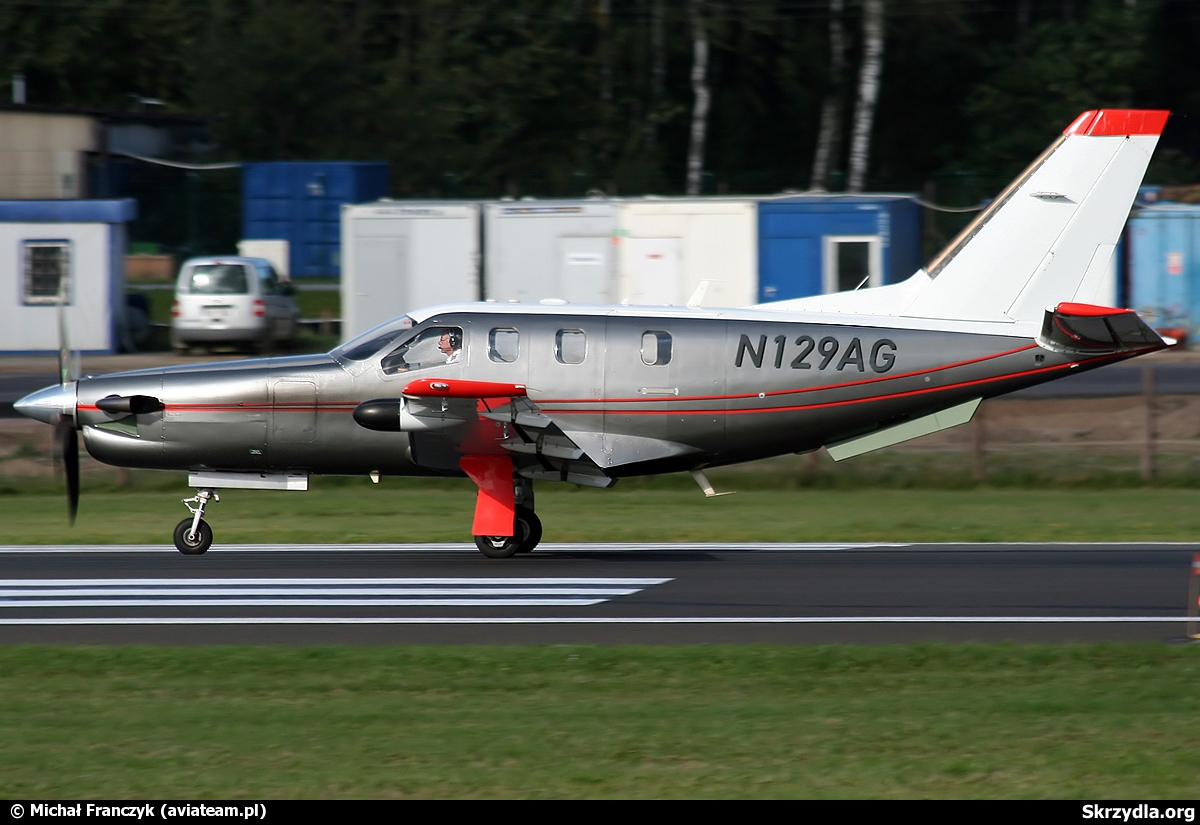
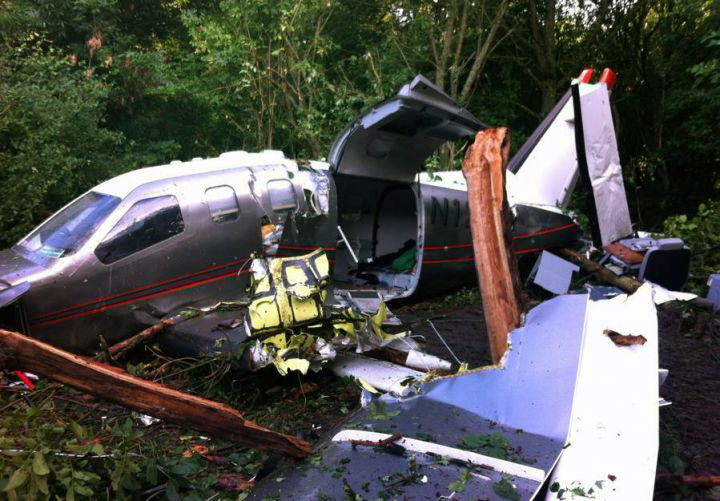
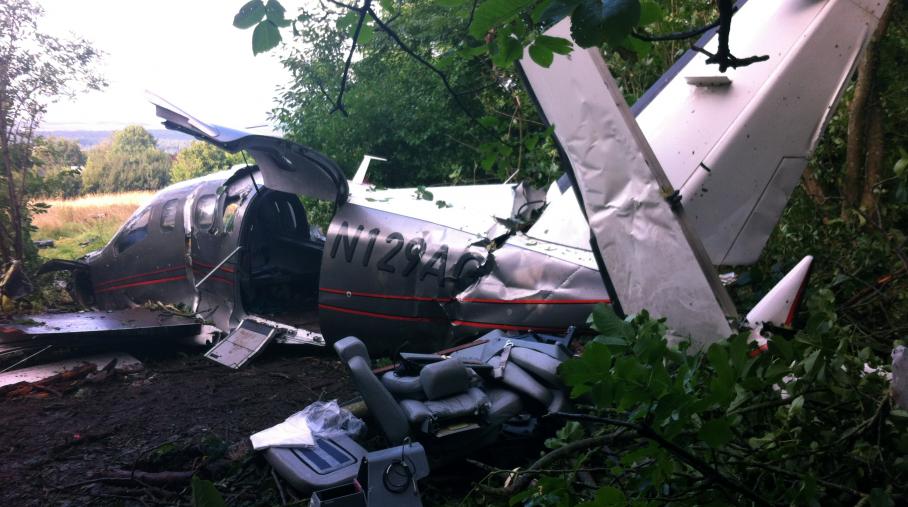

Crash of a Socata TBM-700 in the Ridgway Reservoir: 5 killed
Date & Time:
Mar 22, 2014 at 1400 LT
Registration:
N702H
Survivors:
No
Schedule:
Bartlesville – Montrose
MSN:
112
YOM:
1996
Crew on board:
1
Crew fatalities:
Pax on board:
4
Pax fatalities:
Other fatalities:
Total fatalities:
5
Captain / Total hours on type:
9.00
Aircraft flight hours:
4848
Circumstances:
About 3 months before the accident, the pilot received about 9 hours of flight instruction, including completion of an instrument proficiency check, in the airplane. The accident flight was a personal cross-country flight operated under instrument flight rules (IFR). Radar track data depicted the flight proceeding on a west-southwest course at 15,800 ft mean sea level (msl) as it approached the destination airport. The flight was cleared by the air traffic controller for a GPS approach, passed the initial approach fix, and, shortly afterward, began a descent as permitted by the approach procedure. The track data indicated that the flight became established on the initial approach segment and remained above the designated minimum altitude of 12,000 ft msl. Average descent rates based on the available altitude data ranged from 500 feet per minute (fpm) to 1,000 fpm during this portion of the flight. At the intermediate navigation fix, the approach procedure required pilots to turn right and track a north-northwest course toward the airport. The track data indicated that the flight entered a right turn about 1 mile before reaching the intermediate fix. As the airplane entered the right turn, its average descent rate reached 4,000 fpm. The flight subsequently tracked northbound for nearly 1-1/2 miles. During this portion of the flight, the airplane initially descended at an average rate of 3,500 fpm then climbed at a rate of 1,800 fpm. The airplane subsequently entered a second right turn. The final three radar data points were each located within 505 ft laterally of each other and near the approximate accident site location. The average descent rate between the final two data points (altitudes of 10,100 ft msl and 8,700 ft msl) was 7,000 fpm. About the time that the final data point was recorded, the pilot informed the air traffic controller that the airplane was in a spin and that he was attempting to recover. No further communications were received from the pilot. The airplane subsequently impacted the surface of a reservoir at an elevation of about 6,780 ft and came to rest in 60 ft of water. A detailed postaccident examination of the airframe, engine and propeller assembly did not reveal any anomalies consistent with a preimpact failure or malfunction. The available meteorological data suggested that the airplane encountered clouds (tops about 16,000 ft msl or higher and bases about 10,000 ft msl) and was likely operating in IFR conditions during the final 15 minutes of the flight; however, no determination could be made regarding whether the clouds that the airplane descended through were solid or layered. In addition, the data suggested the possibility of both light icing and light turbulence between 12,000 ft msl and 16,000 ft msl along the flight path. Although the pilot appeared to be managing the flight appropriately during the initial descent, it could not be determined why he was unable to navigate to the approach fixes and maintain control of the airplane as he turned toward the airport and continued the descent.
Probable cause:
The pilot's loss of airplane control during an instrument approach procedure, which resulted in the airplane exceeding its critical angle of attack and entering an inadvertent aerodynamic stall and spin.
Final Report:
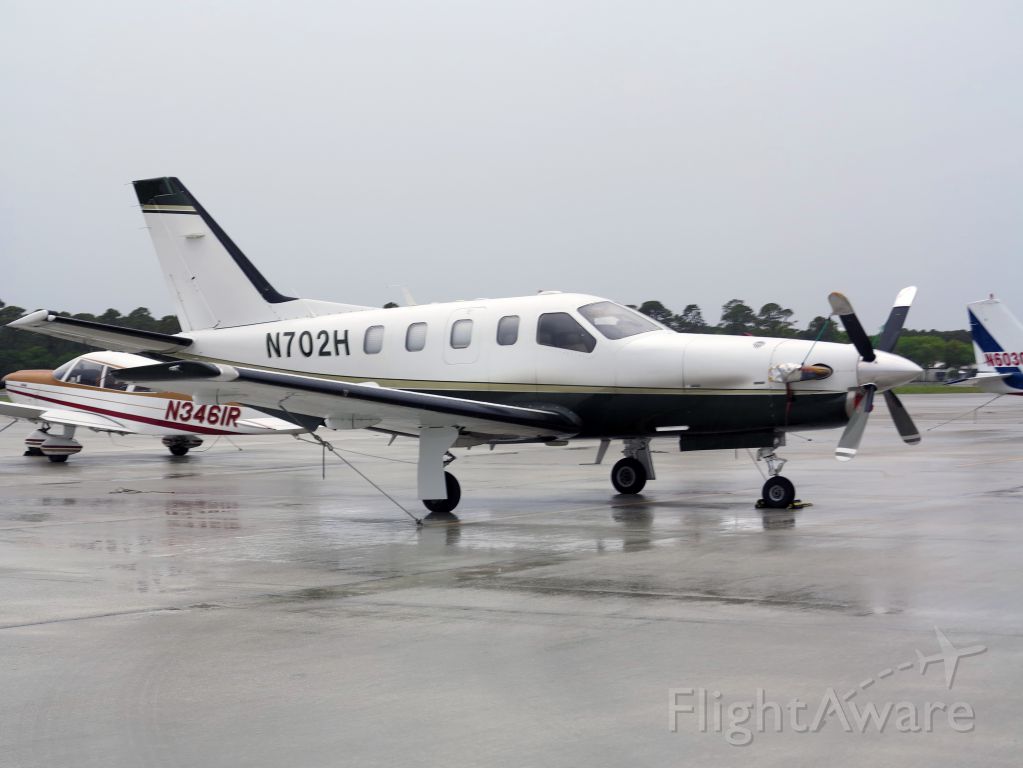
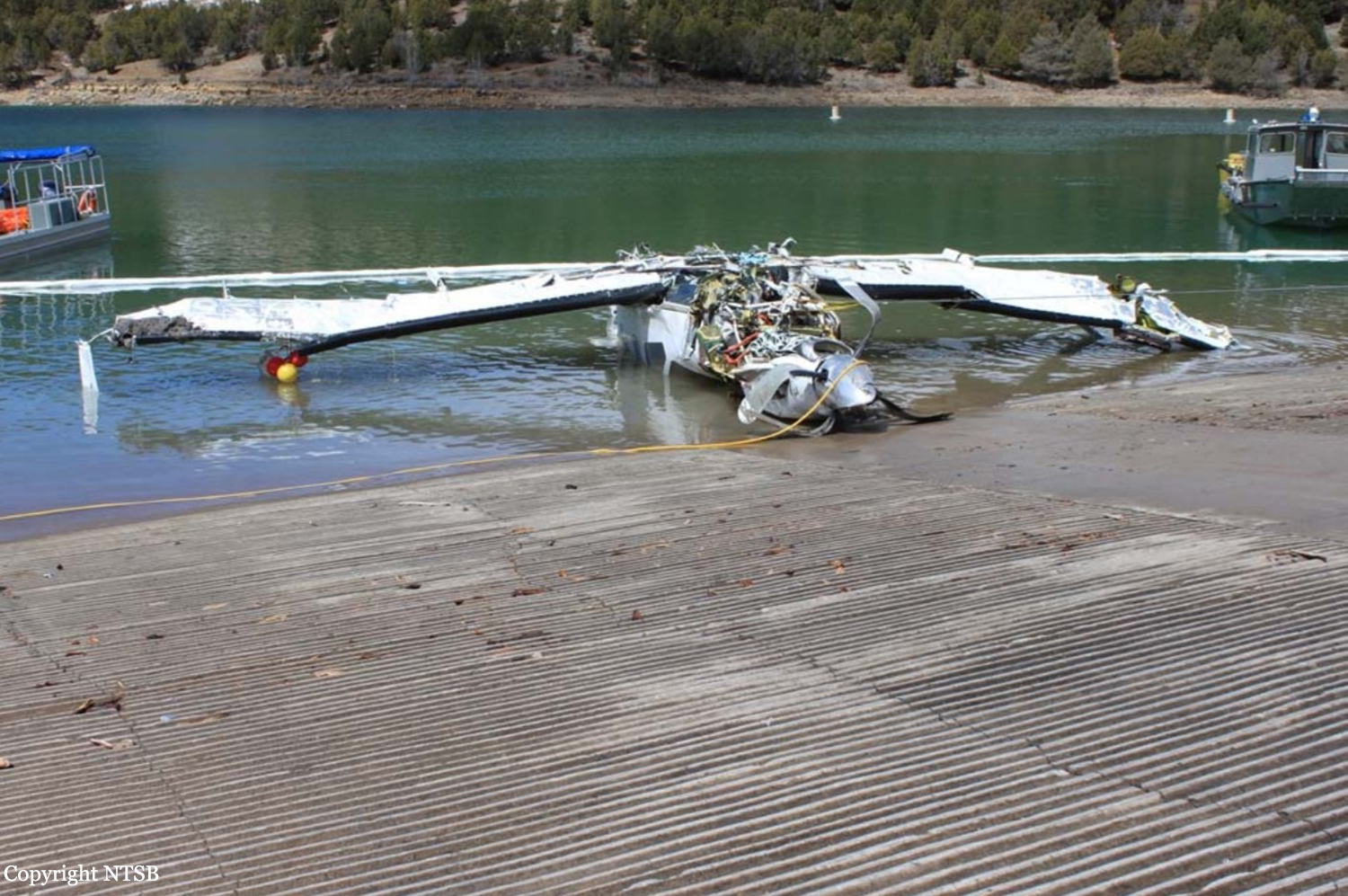
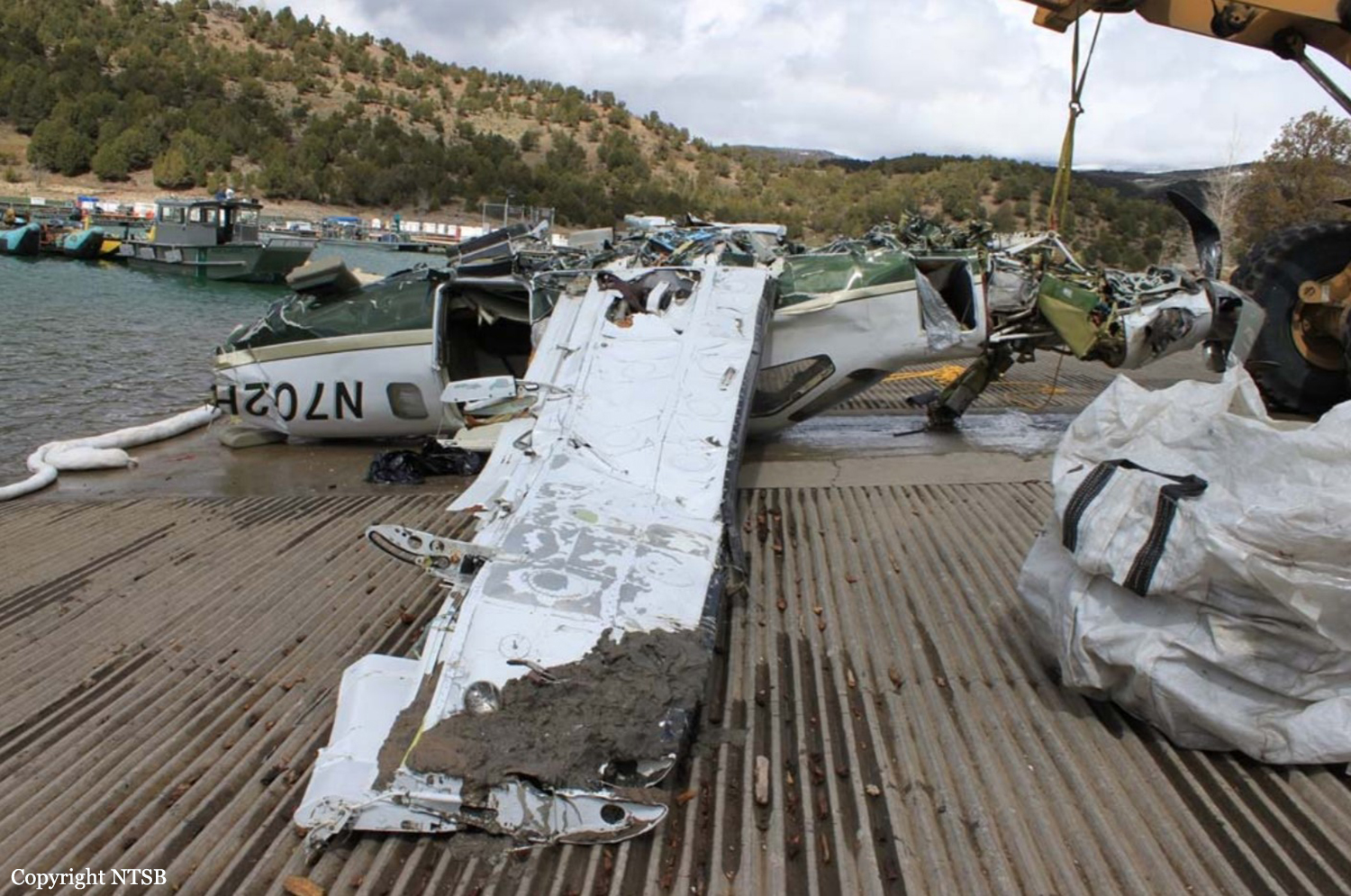

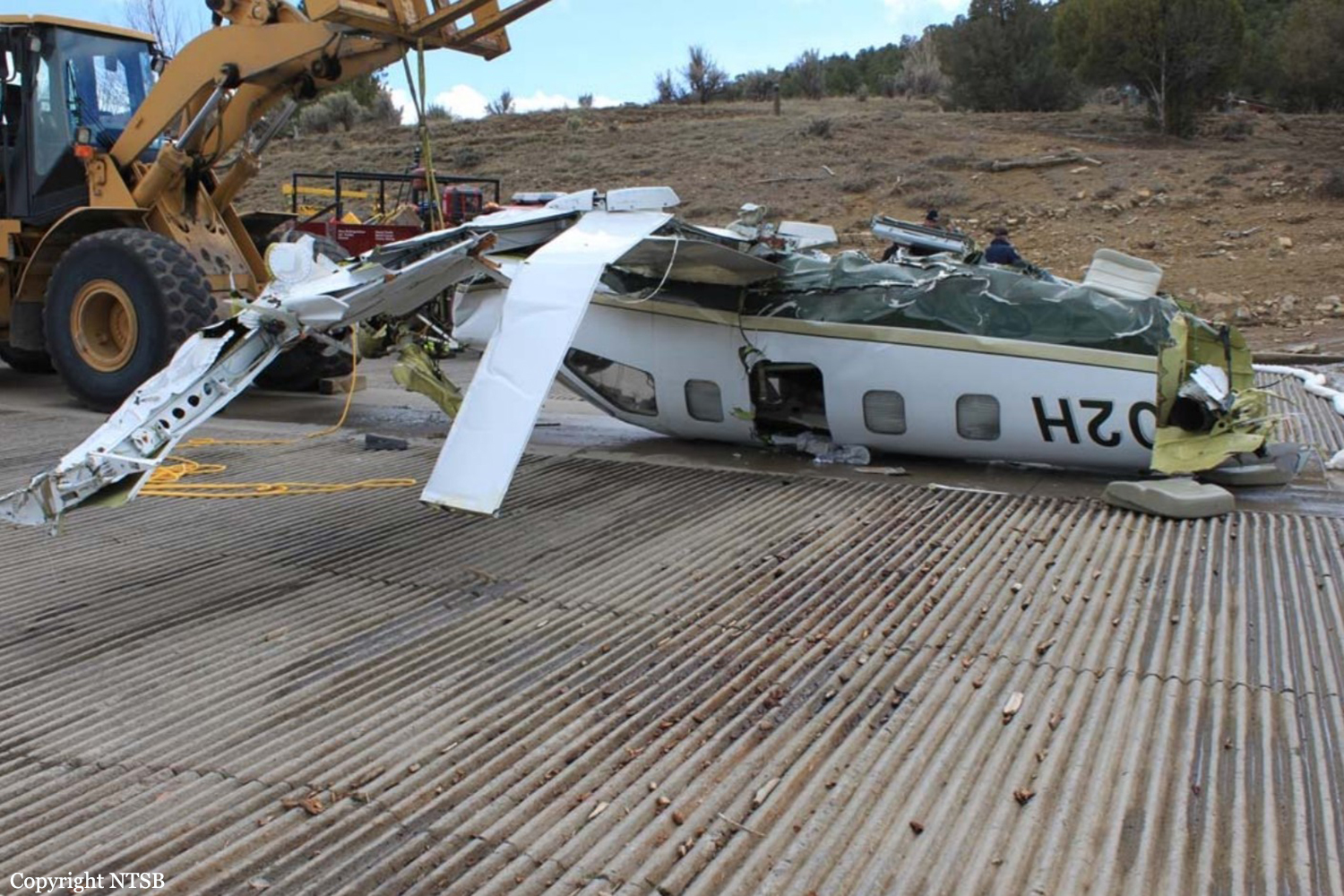
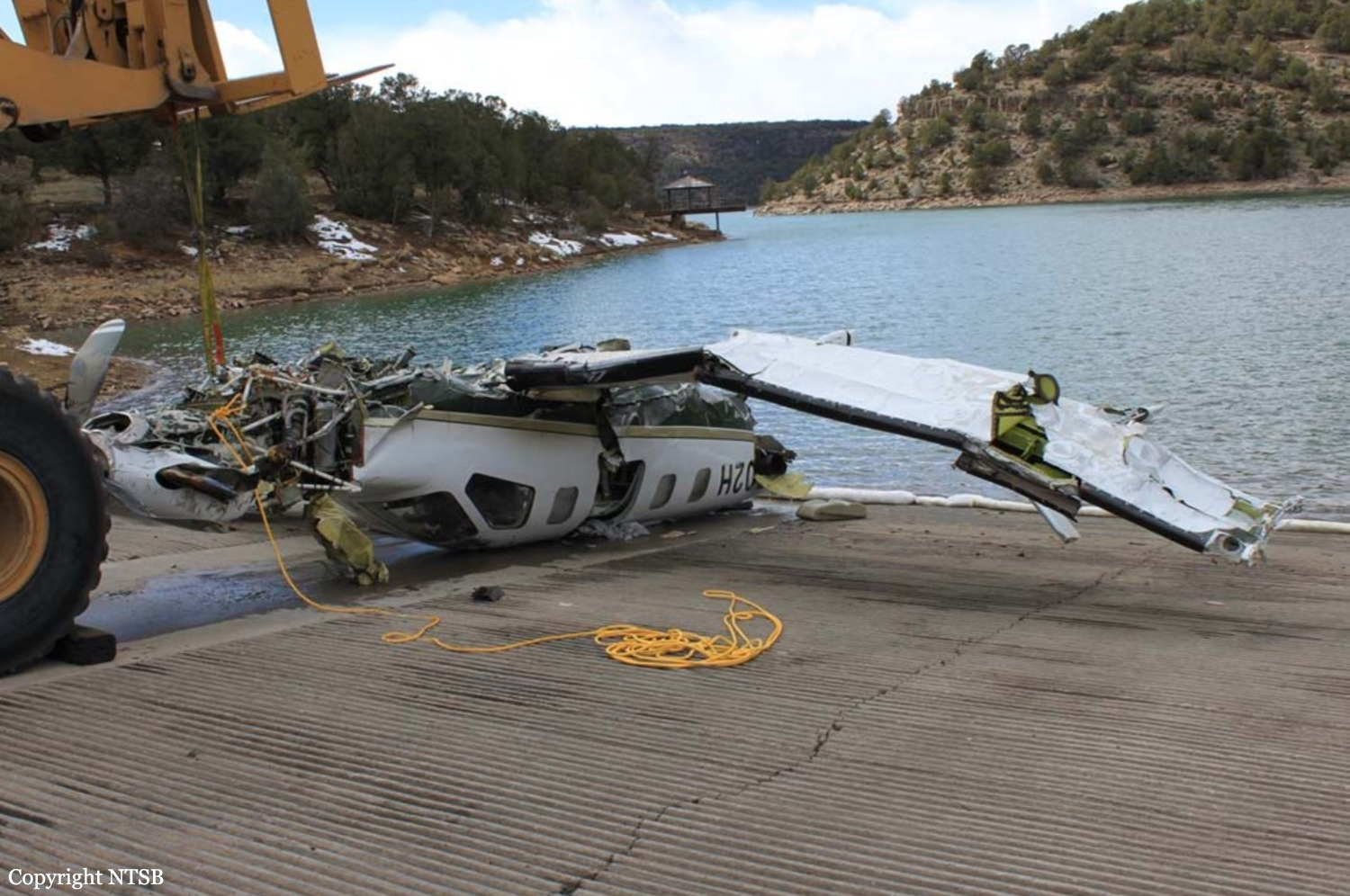
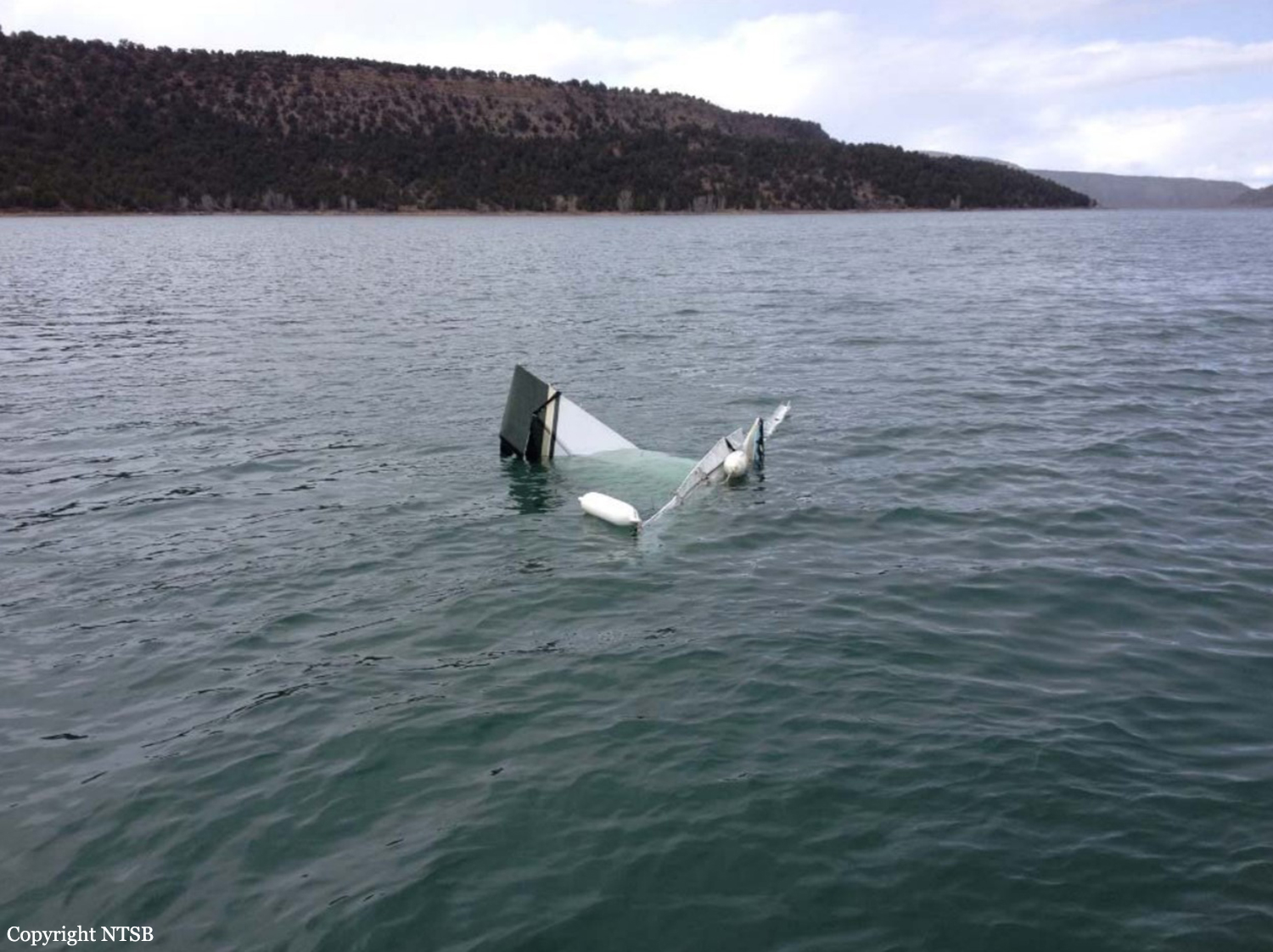

Crash of a Socata TBM-700 in Mouffy: 6 killed
Date & Time:
Nov 19, 2013 at 1116 LT
Registration:
N115KC
Survivors:
No
Schedule:
Annecy - Toussus-le-Noble
MSN:
239
YOM:
2002
Crew on board:
1
Crew fatalities:
Pax on board:
5
Pax fatalities:
Other fatalities:
Total fatalities:
6
Circumstances:
The airplane departed Annecy-Meythet Airport at 1033LT on a flight to Toussus-le-Noble, carrying five passengers and one pilot. The flying time was approximately one hour under IFR mode. At 1111LT, while cruising at FL180 near Auxerre, heading to EBOMA, the pilot informed ATC he was ready for the descent. He was cleared to descend to FL120 when the aircraft started to drift to the left of the airway. Two minutes later, ATC informed the pilot about the deviation and the pilot acknowledged and initiated a turn to the right when control was lost. The airplane entered a dive and reached an excessive vertical speed until it crashed in an open field. The airplane disintegrated on impact and all six occupants were killed.
Probable cause:
Investigation did not reveal any technical element that could have contributed to the accident. However, considering the fact that the aircraft was totally destroyed upon impact, it was not possible to carry out all the examinations generally carried out on a wreck. It is possible the aircraft was flying in moderate icing conditions. Investigation could not determine if the deicing systems were activated. However, analysis of the flight path shows that the cruising speed was stable until the descent, which tends to indicate an absence of icing of the aircraft in normal cruise. A rapid and heavy icing of the aircraft during the descent making the aircraft to be difficult to control seems unlikely given the icing conditions predicted by Météo France. Investigations were unable to determine the reasons for the loss of control. Maybe it occurred during an unusual situation or any failure. Whatever the reasons, the lack of experience of the pilot on TBM-700, especially in the absence of visual references, may increase his workload beyond his capabilities, not allowing him to regain control of the aircraft. Once the loss of control occurred, given the weather conditions, it is very likely that the pilot did not recover any visual references until the collision with the ground.
Final Report:
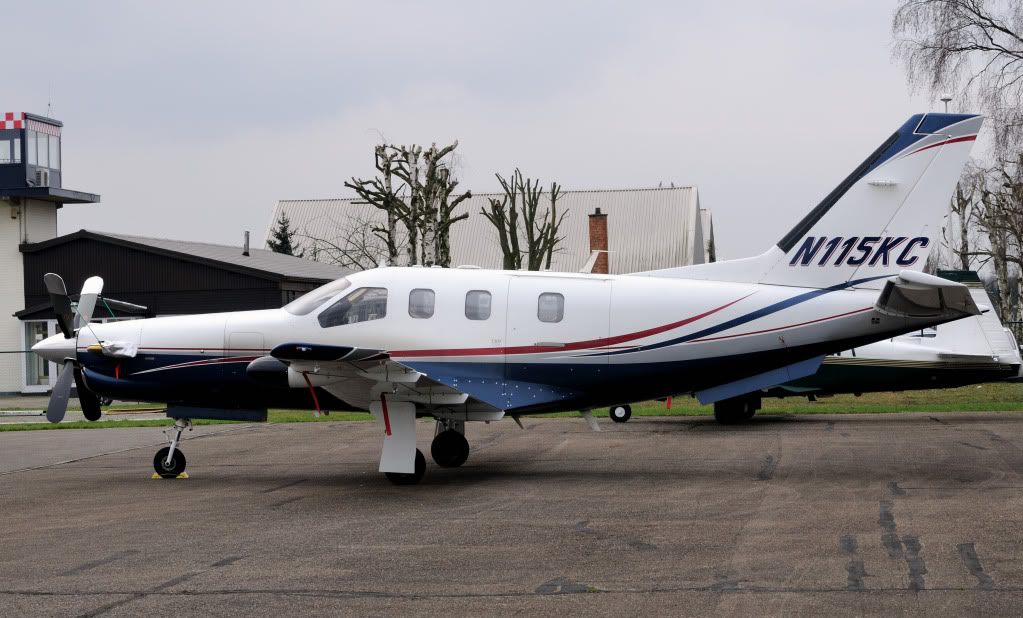

Crash of a Socata TBM-700 in Budel
Date & Time:
Apr 28, 2013 at 1030 LT
Registration:
PH-HUB
Survivors:
Yes
Schedule:
Budel – Cannes
MSN:
127
YOM:
1997
Crew on board:
2
Crew fatalities:
Pax on board:
3
Pax fatalities:
Other fatalities:
Total fatalities:
0
Captain / Total hours on type:
2625.00
Copilot / Total hours on type:
1600
Circumstances:
The single engine airplane departed Budel-Kempen Airport on a flight to Cannes-Mandelieu, carrying four passengers and one pilot. During initial climb, the pilot selected gear up and was attempting to retract the flaps when the engine failed. The aircraft lost height and crash landed in an open field, coming to rest on its belly 1,500 metres from the runway end. All five occupants escaped uninjured while the aircraft was damaged beyond repair.
Probable cause:
During initial climb, the pilot mistakenly positioned the fuel selector on the CUT OFF position while trying to retract the flaps, causing the engine to stop.
Final Report:
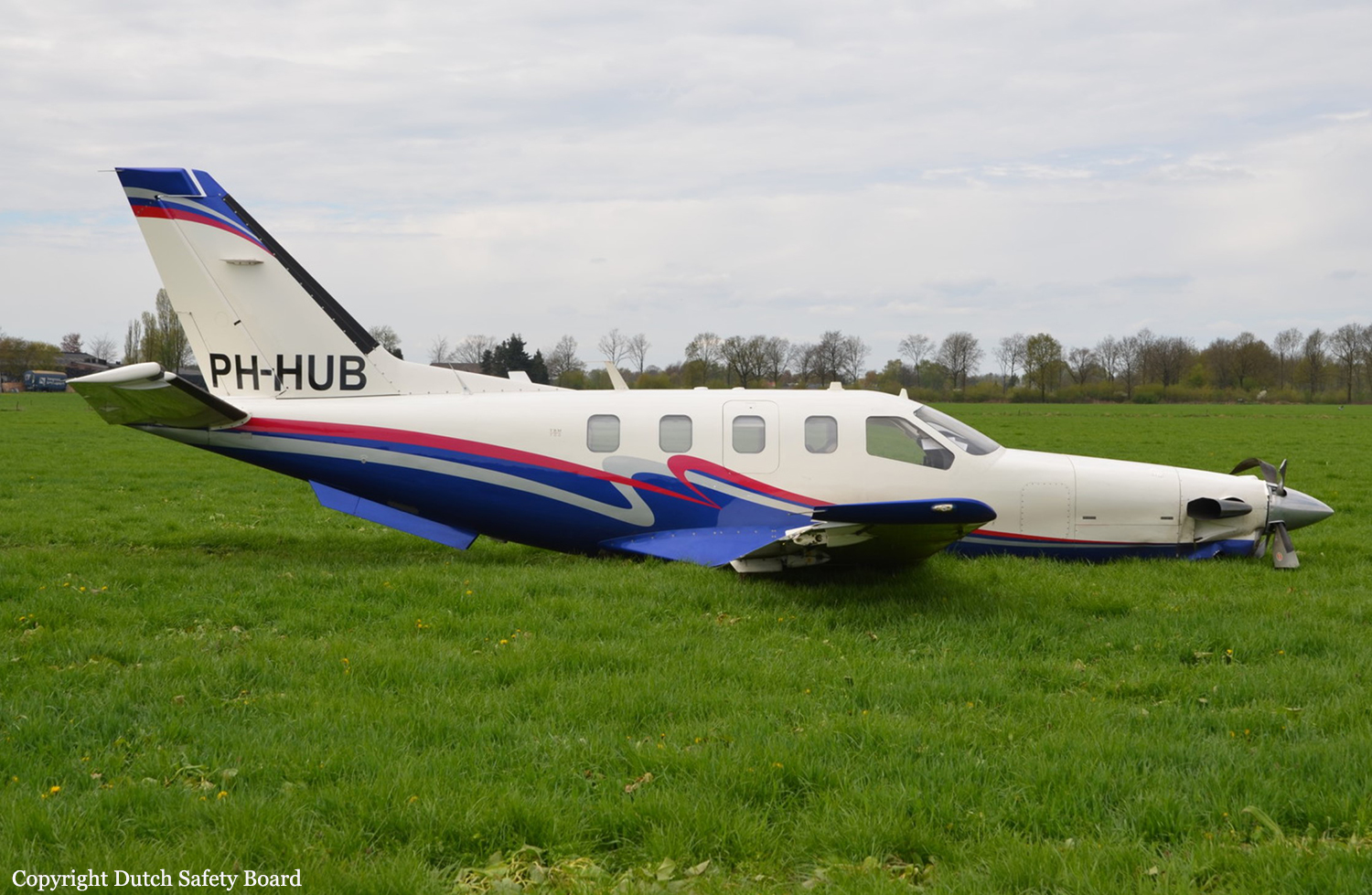
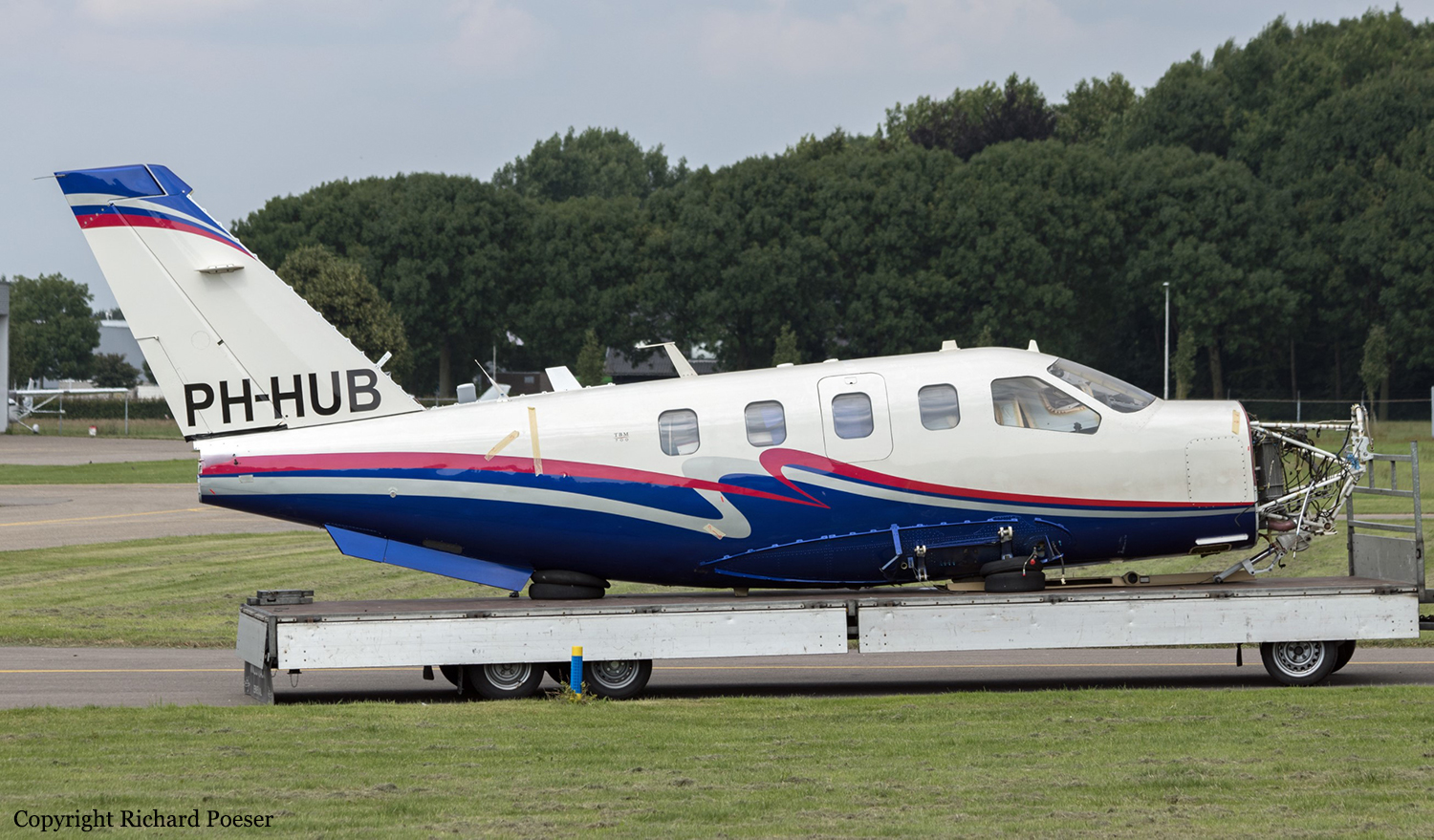
Crash of a Socata TBM-700B in Rotenburg: 4 killed
Date & Time:
Apr 26, 2013 at 0915 LT
Registration:
D-FERY
Survivors:
No
Schedule:
Kiel – Rotenburg – Friedrichshafen
MSN:
194
YOM:
2001
Crew on board:
2
Crew fatalities:
Pax on board:
2
Pax fatalities:
Other fatalities:
Total fatalities:
4
Captain / Total hours on type:
65.00
Copilot / Total hours on type:
66
Aircraft flight hours:
1489
Aircraft flight cycles:
1299
Circumstances:
The single engine aircraft departed Kiel-Holtenau Airport in the morning, carrying two passengers and two pilots, bound for Rotenburg, Lower Saxony, where two additional passengers should embark before continuing to Friedrichshafen to take part to the Aero 2013 Airshow. On approach to Rotenburg-Wümme Airport, the crew encountered poor weather conditions with a cloud base at 500 feet and a visibility limited to 2 km. On final approach, the aircraft impacted ground and came to rest in an open field, bursting into flames. The burnt wreckage was found 2,3 km short of runway 08 and 570 metres to the left of its extended centerline. The aircraft was destroyed by a post crash fire and all four occupants were killed.
Probable cause:
The accident was due to the fact that:
- Despite inadequate weather conditions, the crew decided to continue the approach under VFR mode and thus the approach to the ground could not be recognized in time,
- Due to insufficient situational awareness of the pilots, the descent was not canceled in time.
- Despite inadequate weather conditions, the crew decided to continue the approach under VFR mode and thus the approach to the ground could not be recognized in time,
- Due to insufficient situational awareness of the pilots, the descent was not canceled in time.
Final Report:


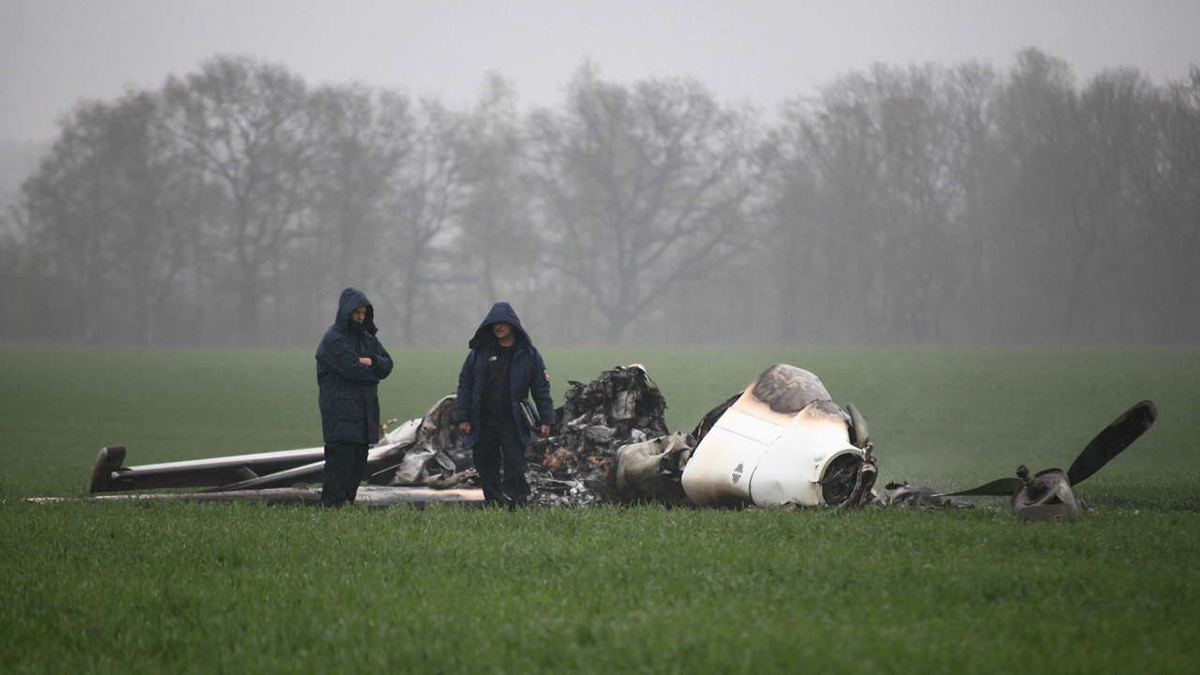

Crash of a Socata TBM-700 in Cuers
Date & Time:
Feb 10, 2012 at 1715 LT
Registration:
D-FALF
Survivors:
Yes
Schedule:
Maribo – Cuers
MSN:
157
YOM:
1999
Crew on board:
1
Crew fatalities:
Pax on board:
2
Pax fatalities:
Other fatalities:
Total fatalities:
0
Captain / Total hours on type:
6000.00
Circumstances:
The pilot took off at around 14 h 45 from Maribo aerodrome (Denmark) bound for Cuers. He filed an IFR flight plan that he cancelled(2) at 17 h 15 near the St Tropez VOR (83). He explained that he had overflown the installations at Cuers at 1,500 ft and started an aerodrome circuit via the north for runway 11. He was visual with the ground and noted the presence of snow showers. He reckoned that these conditions made it possible to continue the approach. At about 600 ft, he went into a snow shower. At about 400 ft, he noticed that the horizontal visibility was zero and that he had lost all external visual references. He tried to make a go-around but didn’t feel any increase in engine power. At about 200 ft, he saw that he was to the right of the runway and decided to make an emergency landing. The aeroplane struck the ground on the right side of the runway. It slid for 150 metres and swung around before stopping. All three occupants escaped with minor injuries and the aircraft was damaged beyond repair.
Probable cause:
The accident was linked to the pilot’s to continue his approach under VFR, even though the meteorological conditions made it impossible. Coming out of an area of thick snowfall at 200 ft, he was unable to control the bank angle or the flight path of the aeroplane. The investigation was unable to determine if this bank angle was linked to inadequate control during an attempt to go around without external visual references(3) or a late attempt to reach the centre of the runway. Overconfidence in his abilities to pass through a snow shower, as well as a determination to land, may have contributed to the accident.
Final Report:
